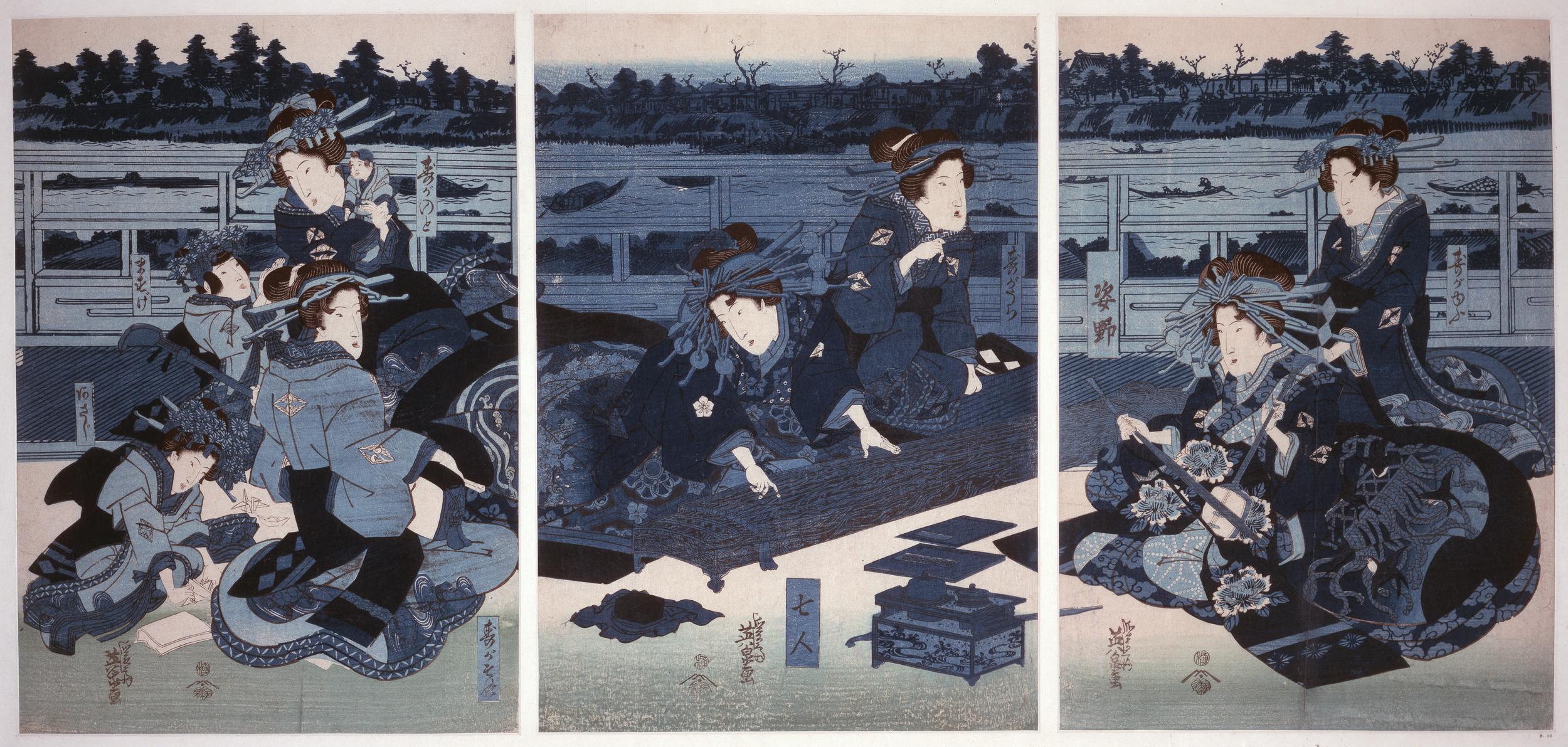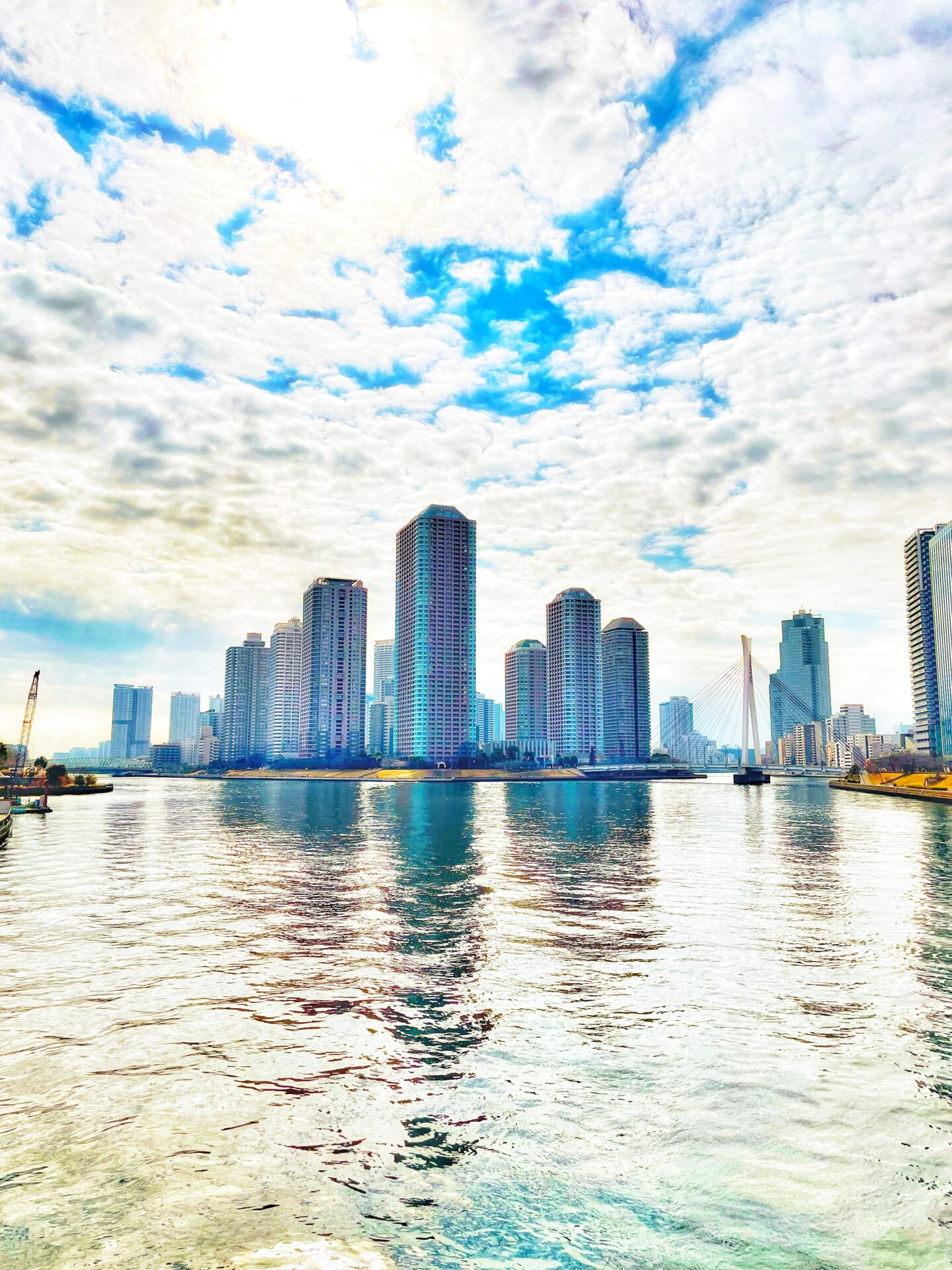To most residents of today’s metropolis, the suggestion that Tokyo was once rather like Venice probably seems absurd. There are canals, of course, but one hardly notices them since they now mostly languish beneath overhead expressways. In fact, they’re often a melancholy sight, ignored and almost unseen.
But a while ago, I read a book by a leading Japanese architectural historian remarking on Tokyo’s former Venetian resemblances. He showed that in Edo, Tokyo’s premodern incarnation, much of life did revolve around waterways: so much so, in fact, that he called Edo “a city of water.” It got me thinking. Beyond these sad old canals, is there anything left of this history today? And what happened to that relationship to water? First, a little history.

If one stops to think about it, Tokyo’s watery past announces itself quite clearly in the number of place names in central districts containing the word “bridge” (-bashi). And if one looks at any old map of Edo, sure enough, you’ll see a network of canals linking Edo Castle in the centre with the Sumida river and bay. Now, however, if there is still an actual bridge at such a location, it is probably crossing a major road instead of water.
The canals, though, according to Hidenobu Jinnai, the architectural historian, did orient Edo fundamentally towards water. Concentrated in the “low” area of the city occupied by commoners, they were built for good, hard-headed reasons — economic and logistical. Goods arriving from all over Japan flowed into and around the city along these canals with far greater ease and efficiency than they would if lugged on land. But, Jinnai explains, the workaday origins of the canals were soon transcended.
For one thing, markets were near canals, and that meant people gathered at the water’s edge. And the areas around major bridges began to function like public spaces after shogunal authorities cleared buildings at their feet to create firebreaks following a devastating conflagration early in Edo’s history.
But there was also a deeper and more nebulous force at work making water into something akin to the city’s lifeblood. Shogunal authorities tended to push both sacred and profane spaces to the edge of the city. In the high city of the aristocrats — where we’re only really talking about the location of sacred places — shrines and temples often found themselves on the tops of hills or slopes.

In the low city, though, where the “profane” (or popular, running from theatres through to brothels) abounded, the edge was often by the water, a liminal space by definition. Here, the waterways began to become a kind of matrix for the city’s pleasure economy, too.
Contemporary illustrations of Edo’s centres of entertainment and pleasure frequently include water and boats. When the theatres were moved out to the district of Asakusa in what was then the northern edge of the city, home to the great temple of Sensoji, with the licensed pleasure quarters of Yoshiwara established behind their walls not far away, many traveled to all three locations by boat — starting, most likely, at the wharf of a low-city canal before heading into the broad waters of the Sumida for the row up the river.
The Sumida, in fact, according to Jinnai, was like Venice’s Grand Canal.
Again, one look at the Sumida today, and that seems a stretch.
But try a bit of time-traveling and imagine a warm evening in late May in the mid-18th century, when the Sumida, which initially set the eastern boundary to Edo, was spanned by four great bridges.
A number of aristocratic mansions lined the western bank of the river. The city, meanwhile, had spilled over to the eastern shore, although there was still some sense that the other shore was not “Edo proper” — that it was a night city, a place where one could feel a little freer (a sense that persisted into the early 20th century — see for instance Kafu Nagai’s wonderful novella “Strange Tales from East of the River.”)
Place yourself in a boat in the vicinity of Ryougoku bridge, around which was one of the largest of Edo’s firebreak-cum-public spaces. Overhead, fireworks explode. It’s a festival. And all around one, covering the water, are boats of all sizes and descriptions from roofed pleasure boats and barges to single-manned rowing boats, gathered for the great display.
And where have the boats, or most of them, come from? That network of canals mostly flowing into the Sumida from west of the river, but now also from the east.
But did it really feel like Venice? Jinnai has a star witness. In the last days of Edo, 19th-century Swiss diplomat Aimee Humbert used to enjoy trips on the Sumida. In a passage quoted by Jinnai, he says he felt a “dreamlike melody” permeate what he used to see along the upper reaches of the Sumida, such as he had only ever experienced in one other place — “the Queen of the Adriatic, Venice herself.”
Continued…
